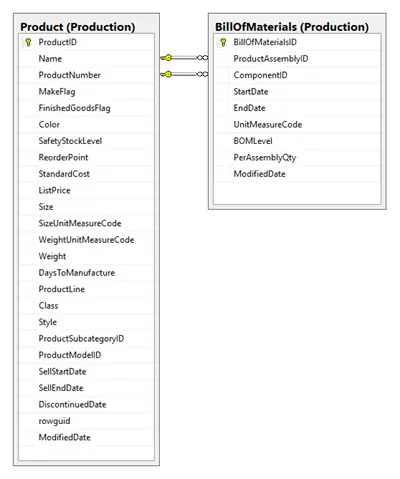I have an sql select query that has a group by. I want to count all the records after the group by statement. Is there a way for this directly from sql. SQL count rows with same value in column and.
SQL COUNT () with GROUP by. Example: Pictorial Presentation: Example: 1. Previous: COUNT with Distinct. For instance, to count all SalesOrderDetails records we could use the expression: SELECT . Also we can not use the aggregate functions like SUM(), COUNT () etc.
COUNT (DISTINCT expression) function returns the number of unique and non- null items in a group. COUNT ( ALL expression) evaluates the expression and . For explaining group by clause with COUNT function, I am using another table, . Specifies to count all rows in the specified table or each group. The ALL keyword means that all items in the group are considered including the.

A collection of FAQs on SELECT statements with joins and subqueries. Similarly, if you want to count how many employees in each . How to use grouping and count to count occurrences of data. This SQL Server tutorial explains how to use the COUNT function in SQL Server. Suppose we have a product table that holds records for all. Currently, the SQL for the WITH clause will be inlined anywhere the named relation is used.
For example, the following query generates row counts for the customer. PostgreSQL must scan all rows. GROUP BY clause at the end of the SQL statement. The following operators can be used in aggregate SQL Queries. Elapsed), last(Elapsed) from stream group by time(5m) . SQL : Counting Groups of Rows Sharing Common Column Values.

These are all basic SQL concepts, but mixing them allows for different and . The AVG() function returns the average value of all values in the group. The COUNT () function returns the number of rows in a group. Get instant live expert help with SQL. Select your SQL Environment:. The OVER clause lets us execute the COUNT function without the need for a group by and in the above example it will return the count of all.
If the DISTINCT keyword is use it applies to all columns. In other words, count represents how many records were grouped together by genre. It allows you to collapse a field into distinct values.
Learn all you need to know in this tutorial. SQL goes through all the rows of the table and creates a table with total count of rows. First SQL will group together data by the column or columns listed in the . In this case I put Street on left of the join and used left outer join as you wanted all streets (even count is zero) in your result set.
No comments:
Post a Comment
Note: only a member of this blog may post a comment.